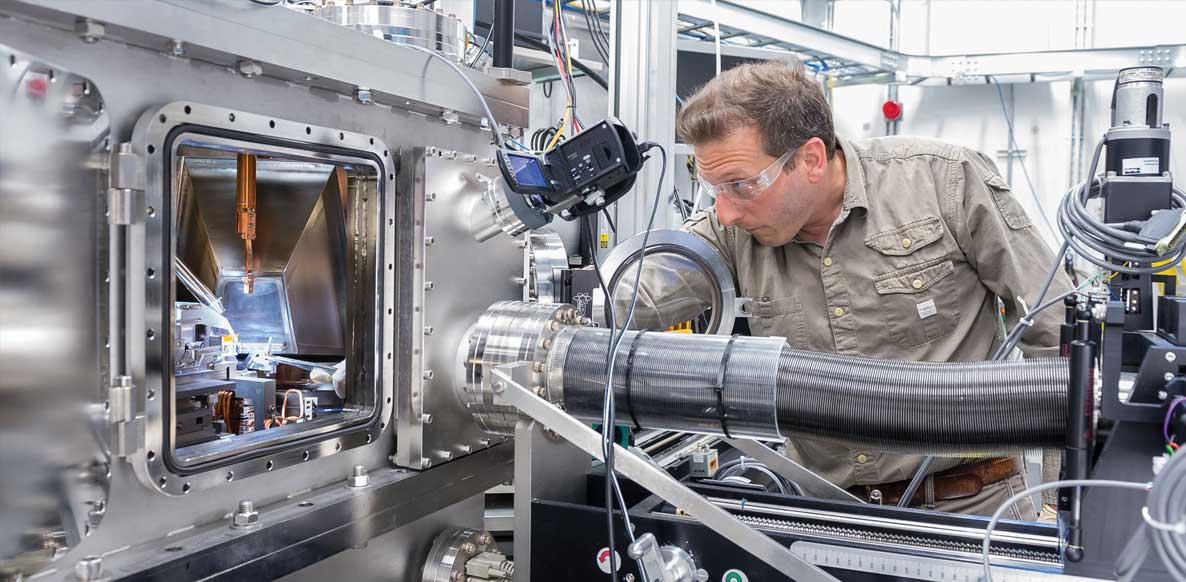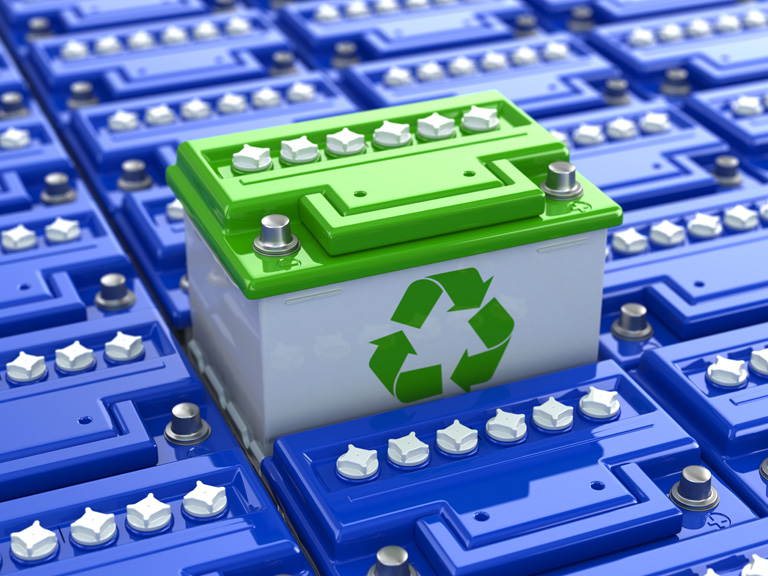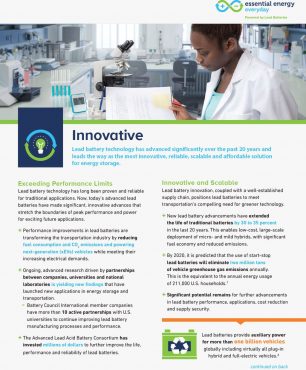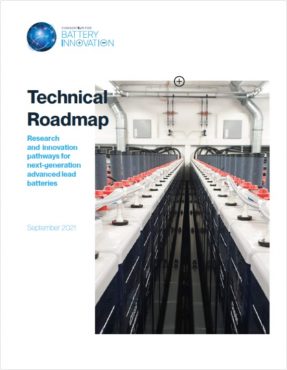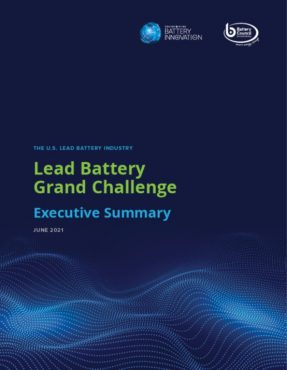The U.S. is racing to domestically meet its sustainability energy storage needs. Research is pivotal to that mission, which includes unlocking the full potential of lead batteries. The lead battery industry recognizes the importance of federal research and development funding, and partnerships with research institutions, such as the U.S. Department of Energy’s (DOE) National Laboratory system. The federal government serves as a key facilitator of such research.
Innovative Advanced Lead Batteries
Lead battery technology has advanced significantly over the past 20 years, and innovative applications ensure they will continue to meet...

